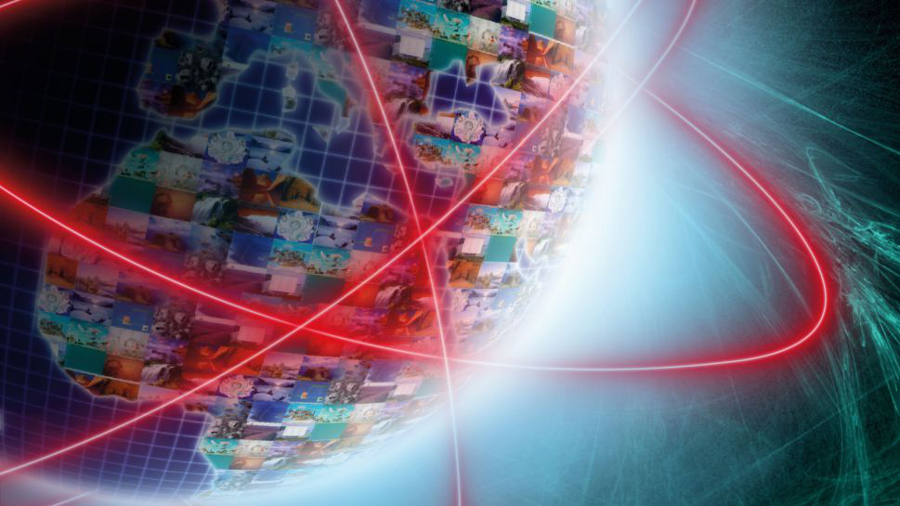Nasa is building an interplanetary internet out of lasers
Capable of gigabit-per-second speeds

On Earth, most data is carried between continents on huge high-capacity fibre-optic cables that keep signals stable over long distances. But as we strive to become an interplanetary species in the coming decades, we're going to need interplanetary communications to go along with it.
We can't exactly string out fibre-optic cables in space, so Nasa is developing a new communications system that could one day become a high-speed interplanetary internet. It's called the Laser Communications Relay Demonstration, or LCRD for short.
The technology encodes data into a beam of light, which can be transmitted easily through space as there's pretty much nothing in the way (unlike on the surface of Earth, where haze, clouds and the curvature of the planet would interfere with similar signals).
The resulting data rate is 10 to 100 times faster than the radio-frequency communications systems that have been used for spacecraft since the launch of Sputnik-1 in 1957. Not only that, the equipment for laser communications is smaller and lighter than radio equipment - a vital consideration for spacecraft.
- You know what else is out of this world? These wireless routers
Gigabit-per-second
Following a successful test of the principles on a 2013 satellite mission, an LCRD system is due to be installed on the International Space Station in 2021, where it'll enable gigabit-per-second communications with stations in California and Hawaii. There, Nasa will test the technology's longevity and reliability over several years.
"We'll have the opportunity to put laser communications through its paces to test the performance over different weather conditions and times of day to get that experience," said LCRD principal investigator Dave Israel.
"LCRD is the next step in implementing Nasa's vision of using optical communications for both near-Earth and deep space missions," added Steve Jurczyk, associate administrator of Nasa's Space Technology Mission Directorate.
Get daily insight, inspiration and deals in your inbox
Sign up for breaking news, reviews, opinion, top tech deals, and more.
"This technology has the potential to revolutionize space communications."
